Business quotation letter template
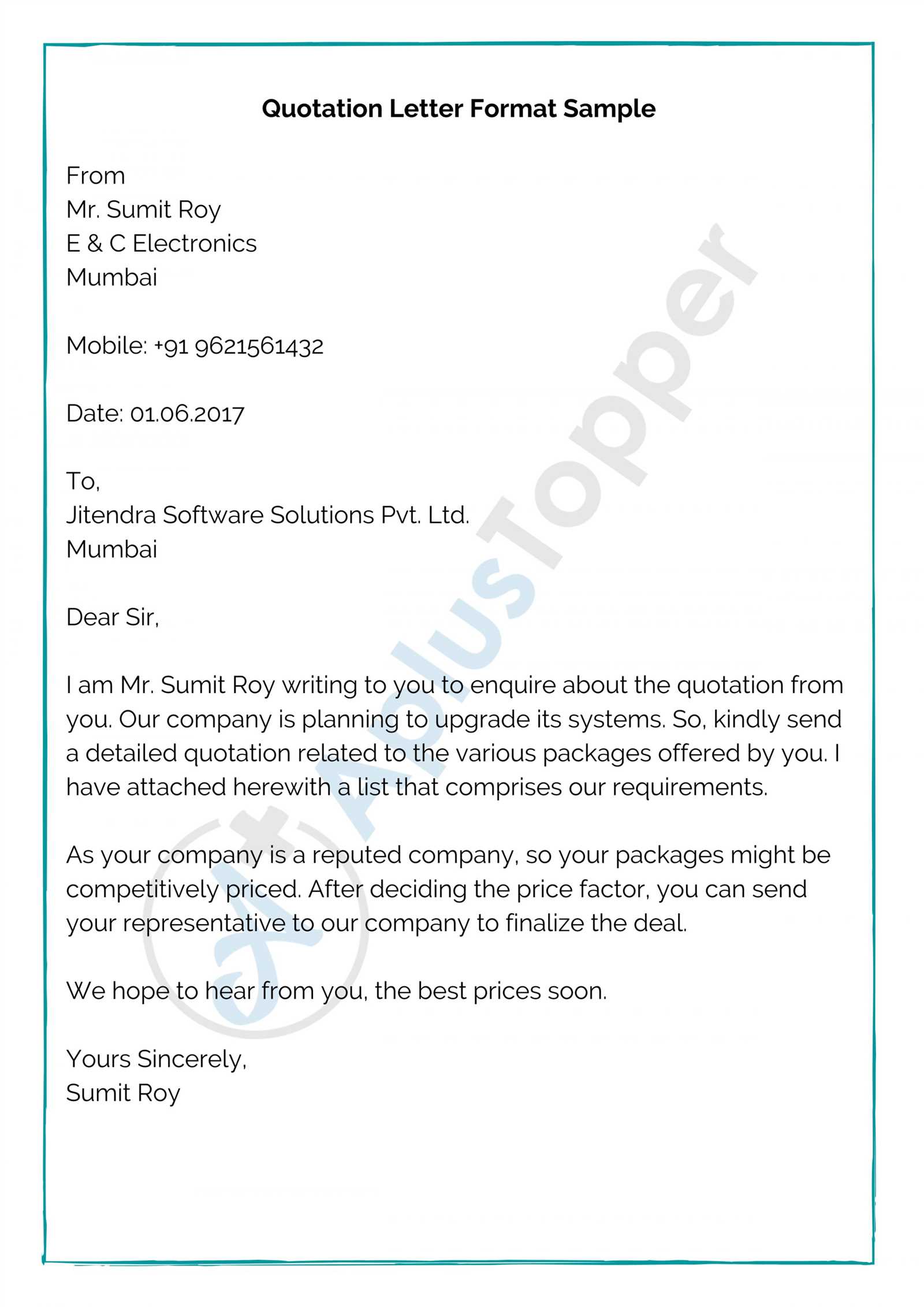
Creating a business quotation letter starts with clear, concise, and accurate information. This ensures that your client understands the details of the offer, pricing, and terms right from the start. Begin with a polite and professional greeting, followed by a brief introduction to the purpose of the letter. Avoid unnecessary filler words and stay focused on the specifics.
Include the following key components: an introduction that acknowledges the request for a quotation, a detailed breakdown of the products or services offered, unit pricing, quantities, applicable taxes, and the total amount due. Be transparent about delivery schedules, payment terms, and any potential discounts. Make sure each section is clearly marked for easy navigation.
Close the letter with a friendly call to action, encouraging the recipient to reach out with any questions or for further clarification. Offer a polite and professional sign-off, and include your contact details for convenience. Always double-check for accuracy before sending to ensure your client receives all necessary information.
Business Quotation Letter Template
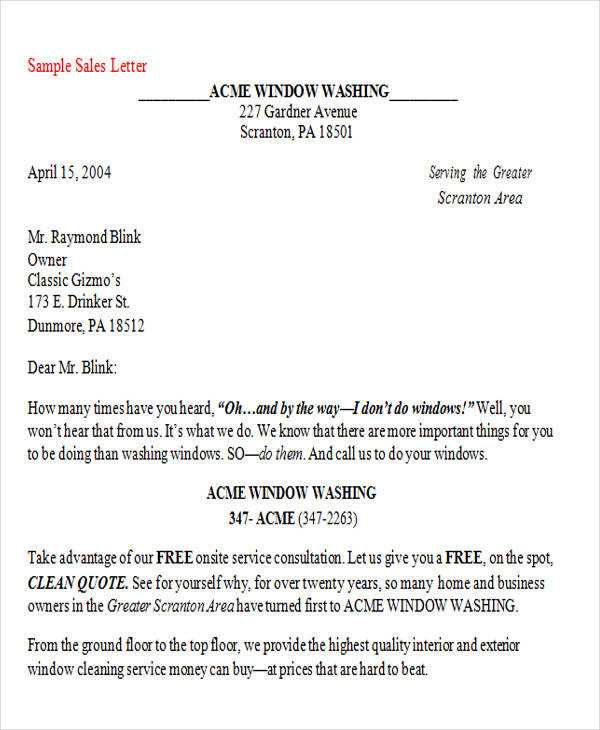
To craft a business quotation letter, focus on clarity and professionalism. Start with your company’s name, address, and contact details at the top. Address the recipient by their name, followed by a brief introduction to your services or products.
Structure of a Business Quotation Letter
Clearly state the item or service being quoted. Provide specific details such as quantity, unit price, and total cost. If applicable, mention the delivery timeline, payment terms, and any discounts or offers available. Include a section for terms and conditions, which should cover payment methods, delivery policies, and other relevant contractual details.
Concluding the Letter
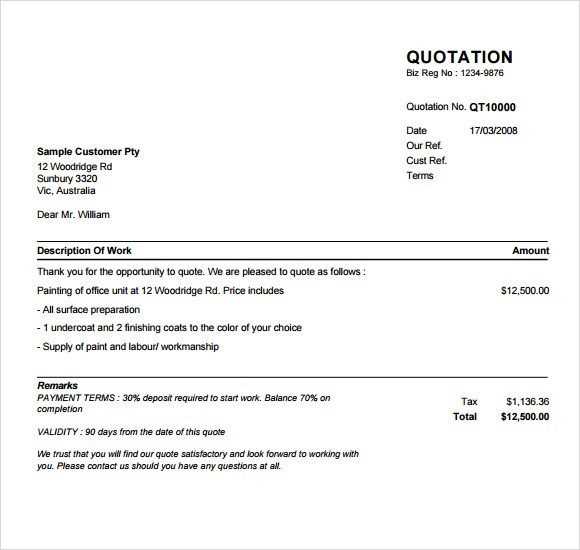
End the letter by offering to discuss further or answer questions. Reassure the client of your commitment to providing high-quality services or products. Close with a professional sign-off, including your name, title, and contact details for follow-up.
How to Structure a Business Quotation Letter
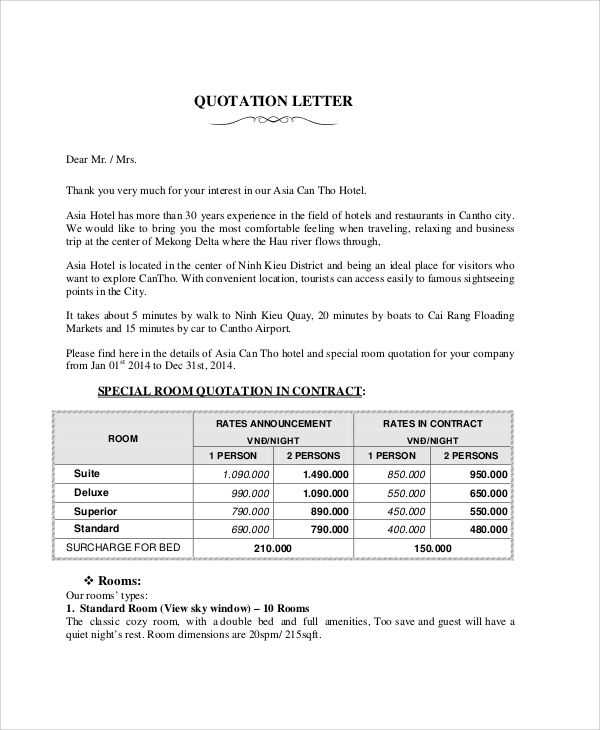
Begin with a formal header that includes your company name, address, and contact details. The recipient’s details should follow, including their company name, address, and contact information. Ensure the date is clearly visible at the top of the letter for reference.
Next, include a clear subject line indicating the purpose of the letter, such as “Quotation for [Product/Service Name].” This allows the recipient to immediately understand the context.
Open with a polite greeting, addressing the recipient by name or title. Follow this with a brief acknowledgment of their request or inquiry. Be specific about the product or service for which you are providing a quote.
Present the quotation in a well-organized format, listing all relevant products, services, or tasks with their corresponding costs. Use bullet points or a table to make the information easy to read. Include any taxes, shipping fees, or additional charges, and clearly state the total cost.
Specify the terms and conditions of the offer, including payment terms, delivery timelines, and any warranties or guarantees. Make sure these terms are easy to understand and concise.
Conclude the letter by inviting the recipient to contact you with any questions or clarifications. Include a call to action, such as “We look forward to your confirmation” or “Please let us know how you would like to proceed.”
Close the letter with a polite sign-off, such as “Sincerely” or “Best regards,” followed by your name, job title, and company details.
Including Product or Service Details in Your Quote
Be specific when listing the products or services in your quote. Clearly describe each item or service offered, highlighting key features, specifications, and quantities. For products, include model numbers, sizes, or color options, and for services, specify the scope, timeline, and deliverables. Avoid vague descriptions; your client should fully understand what they are receiving. Provide pricing for each item or service separately, including any discounts or package deals. This transparency helps build trust and reduces potential misunderstandings. If applicable, mention any warranties, support, or post-sale services included in the quote.
Setting Clear Payment Terms and Conditions
Define your payment terms clearly in the quotation. Specify the exact due date for payment, whether it’s upon receipt, within 30 days, or on a specific date. This avoids confusion and ensures both parties are on the same page regarding payment expectations.
Payment Methods and Currency
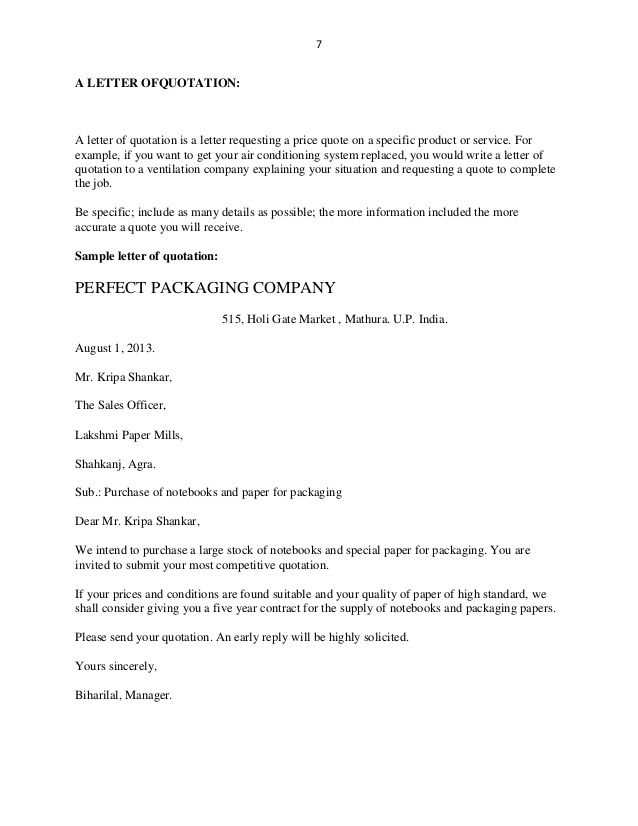
Outline accepted payment methods, such as bank transfer, credit card, or online payment platforms. Clearly state the currency in which payments are expected, especially for international transactions. This helps avoid misunderstandings related to exchange rates or payment options.
Late Payment Penalties
Set consequences for late payments. Specify any interest rates or fees that will be applied for overdue invoices. For instance, a daily percentage charge or a fixed late fee ensures the customer understands the importance of adhering to the payment schedule.
How to Offer Discounts or Promotions in a Quote
Offer discounts clearly in your quotation to enhance the appeal of your proposal. Specify the discount percentage or the amount off to avoid any confusion. Make sure the discount is applied only to eligible products or services, and provide a breakdown so the client can see exactly how the price was reduced.
Presenting Discounts
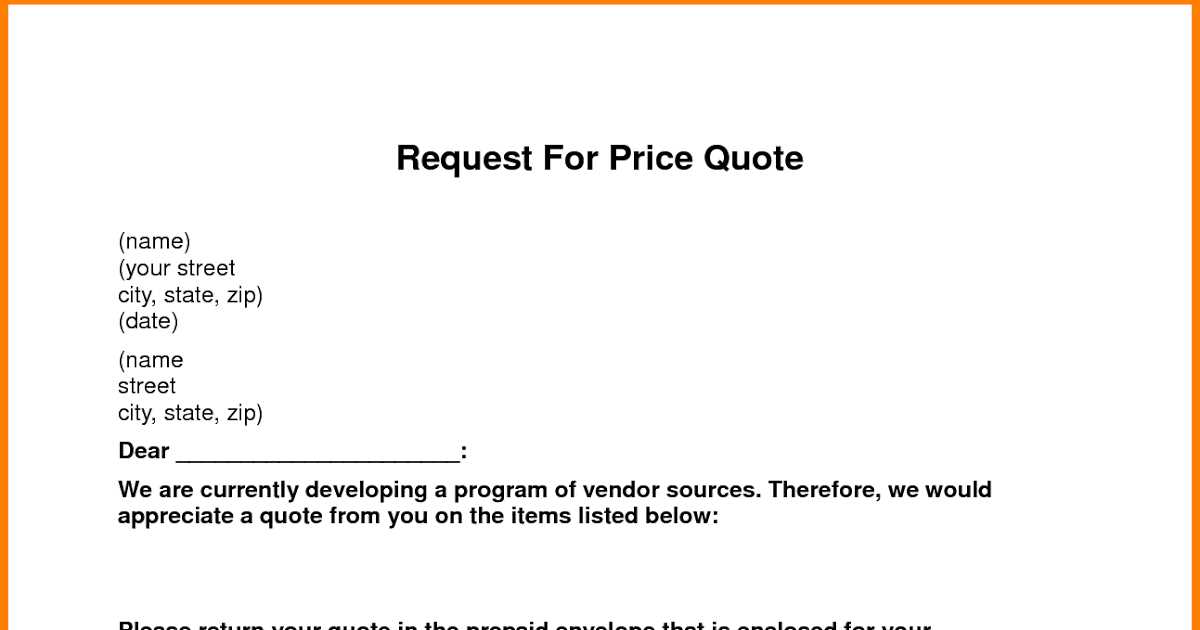
- Clearly state the discount amount or percentage at the top of the quote or near the price breakdown.
- Be transparent about any terms and conditions, such as the duration of the promotion or limitations on items included.
- If the discount is conditional (e.g., for early payment), mention the terms explicitly to prevent misunderstandings.
Using Promotions in Quotes
- Offer promotional bundles where clients can save by purchasing multiple items together.
- Indicate whether the promotion is a limited-time offer or tied to specific actions, like signing a contract within a set period.
- If applicable, include a note about the promotion’s expiration to encourage timely decisions.
Providing Delivery and Shipping Information
Include specific details about your shipping options, such as the available carriers, estimated delivery times, and shipping fees. Be clear about any potential delays or special conditions, like shipping restrictions to certain locations or timeframes for processing orders. Specify the method of shipment–whether it’s standard, expedited, or overnight–and include tracking information once the order is dispatched. If there are any free shipping options, mention the qualifying conditions, such as order totals or specific regions. Provide contact details for inquiries regarding delivery issues, and outline your return or exchange policy in relation to shipping.
Following Up After Sending a Quotation
Set a reminder to follow up within a week of sending the quotation. This gives the recipient enough time to review the details and make a decision, while also keeping your offer fresh in their mind.
Start the follow-up message by confirming that the recipient received your quotation. You can phrase it like: “I just wanted to ensure you received the quotation I sent last week regarding [project/service].”
If they haven’t had the time to review it, offer assistance or clarification on any points that might need more explanation. For example, say: “I’d be happy to go over any details or answer questions you might have.”
In case they have made a decision, ask if there’s anything that can help move the process along. For example: “If you’re ready to proceed or need any further information, feel free to let me know.”
Below is a simple follow-up email structure for your reference:
| Step | Action |
|---|---|
| 1 | Check if the quotation was received. |
| 2 | Offer assistance or clarification if needed. |
| 3 | Promptly ask if there are any updates or decisions. |
| 4 | Follow up again after a few days if no response. |
Stay polite and professional, but also assertive. If no response is received after two follow-ups, it’s okay to send a final check-in message before moving on to other prospects.